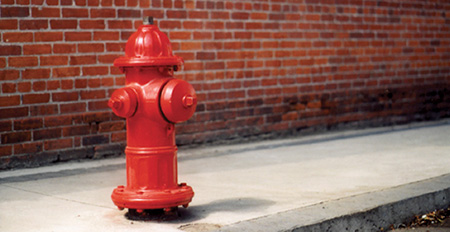Is my water safe to drink after hydrant flushing?| Vrfire Safety
Time to
Time, you will notice Water Dept personnel releasing water from hydrants.
Hydrant flushing is required to test the hydrants to make sure enough flow and
pressure are available. Flushing is too done to separate sediment from the
pipes to sustain water clarity & quality in the circulation pipes.
Your
water is saved to drink. Hardly, water becomes discolored later hydrant
flushing. If this happens, move your cold water tap for a few minutes until the
water clears. If it does not make the first time, wait a few minutes and rerun
the water. It would help if you withdrew washing clothes until the water
clears.
Rusty Water
Fire
hydrants are Time to time opened to the system's flush water mains. Fire &
Public Works Department personnel routinely use drains to assess whether
adequate pressure and flow are available to satisfy usual system demands and
the enhanced demand required in the event of a hydrant fire.
These
actions, as well as some construction activities, may result in brief periods
during which you may observe moderate discoloration in your tap water.
Cloudy / Milky Water
In the
late fall and winter months, the water that enters your homes can be quite
cold. When this cold water comes to your home plumbing, it is exposed to
significantly warmer temperatures.
This
causes dissolved oxygen that can reach significantly higher levels in more
frozen water than in more lukewarm water. It can leave in the form of
"micro-bubbles" that can give water a cloudy appearance. If a glass
of this water is allowed to sit for a short period, the dark effect will
dissipate.
White Particles in the Water |
It has
been determined that several water heaters manufactured between 1993 and 1997
may have defective cold water supply dip-tubes. These tubes are designed to
direct the cold water entering the radiators to the bottom, forcing the
previously heated pool into the hot water outlet near the top of the
tank.
The
defective dip tubes have been found to separate from the cold water inlet and,
over Time, disintegrate into little pieces resembling crumbled eggshells.
This
material can readily clog sink aerators and showerheads but is said to be
non-toxic.




Comments
Post a Comment